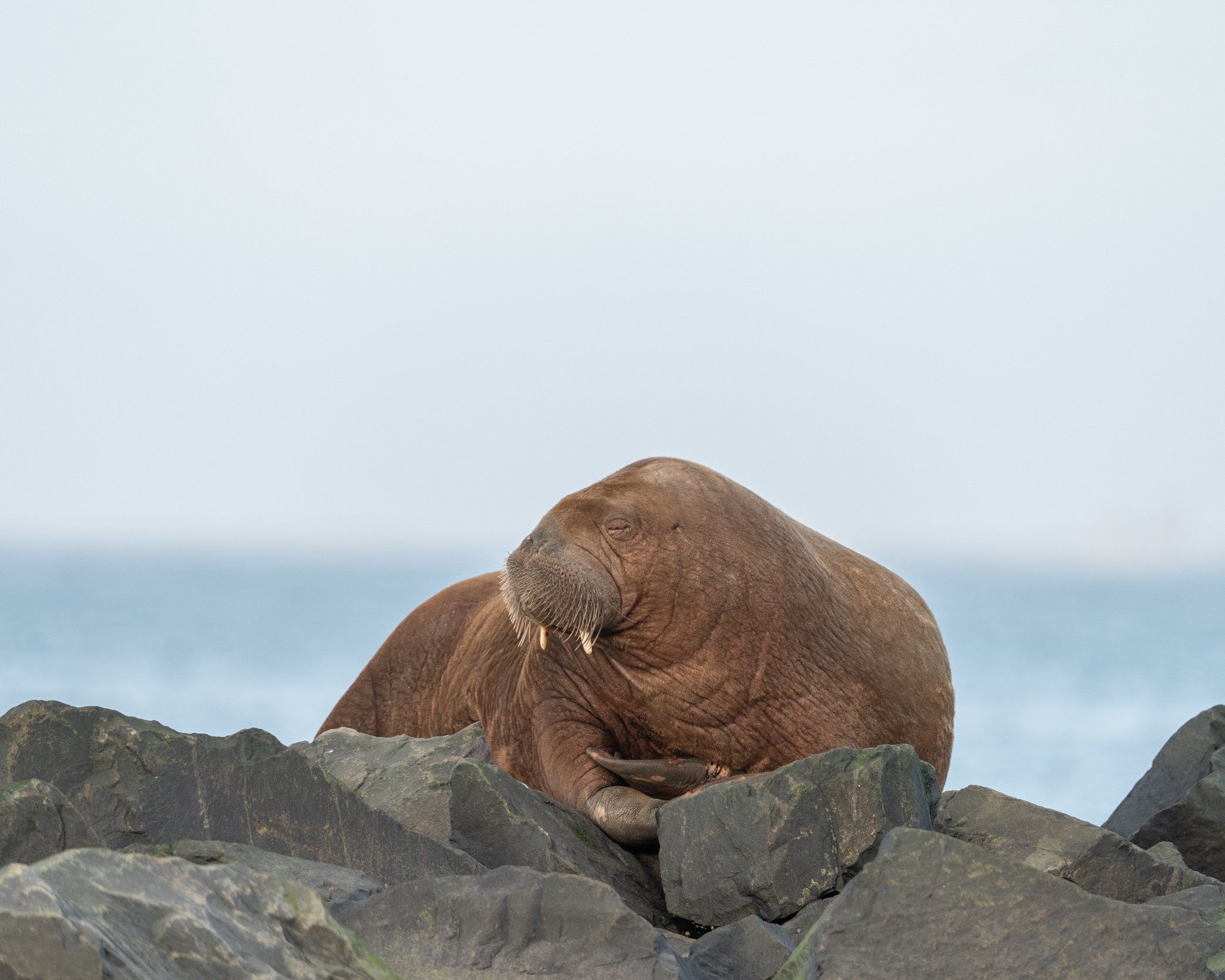Authorities in Norway have put down Freya, the beloved 1,300-pound walrus that had attracted large groups of onlookers in the Oslo Fjord, saying that it presented a risk to people. Officials had frequently advised against approaching the animal too closely or posing for photos with it.
Also Read: Watch: Antonio Conte-Thomas Tuchel in a tussle in Chelsea vs Tottenham Hotspur
The Directorate of Fisheries had said previously in a statement,” Through on-site observations the past week it was made clear that the public has disregarded the current recommendation to keep a clear distance to the walrus. Therefore, the Directorate has concluded, the possibility for potential harm to people was high and animal welfare was not being maintained.”
Who was Freya?
Freya, a female walrus that weighs 600 kilogrammes (1,320 pounds), had recently gained popularity in Norway. Freya was named after the Norse goddess of love and beauty. The marine mammal was discovered for the first time in the capital city’s waters in the middle of July.
Also Read: Man kills self after ramming US Capitol barrier: Police
In Kragero, a picturesque southern beach community, she had already achieved fame by boarding pleasure boats. Locals were intrigued by her antics, which included chasing a duck and attacking a swan, and they made news in the newspaper. She would, however, spend much of her time relaxing on boats because walruses can sleep up to 20 hours every day. Freya was seen in the UK, the Netherlands, Denmark, and the Oslo Fjord before settling there. In the Netherlands, she unwind on a Dutch submarine.
Officials expressed hope that Freya would depart of her own volition and that euthanasia would only be used as a last resort as recently as last month, despite the fact that walruses are protected.
Also Read: Why Taiwan cancelled WorldPride 2025
Other solutions, such as transferring the animal somewhere else, were taken into consideration, according to the directorate’s head, Frank Bakke-Jensen. Authorities, however, came to the conclusion that it wasn’t a practical choice. Bakke-Jensen said,“ We have sympathies for the fact that the decision can cause a reaction from the public, but I am firm that this was the right call. We have great regard for animal welfare, but human life and safety must take precedence.”
The Arctic is where Atlantic walruses typically reside. They occasionally venture into the Baltic and North Seas, however it is exceptional. In Wales and other places, a second walrus known as Wally was spotted last year on beaches and even at a lifeboat dock.







